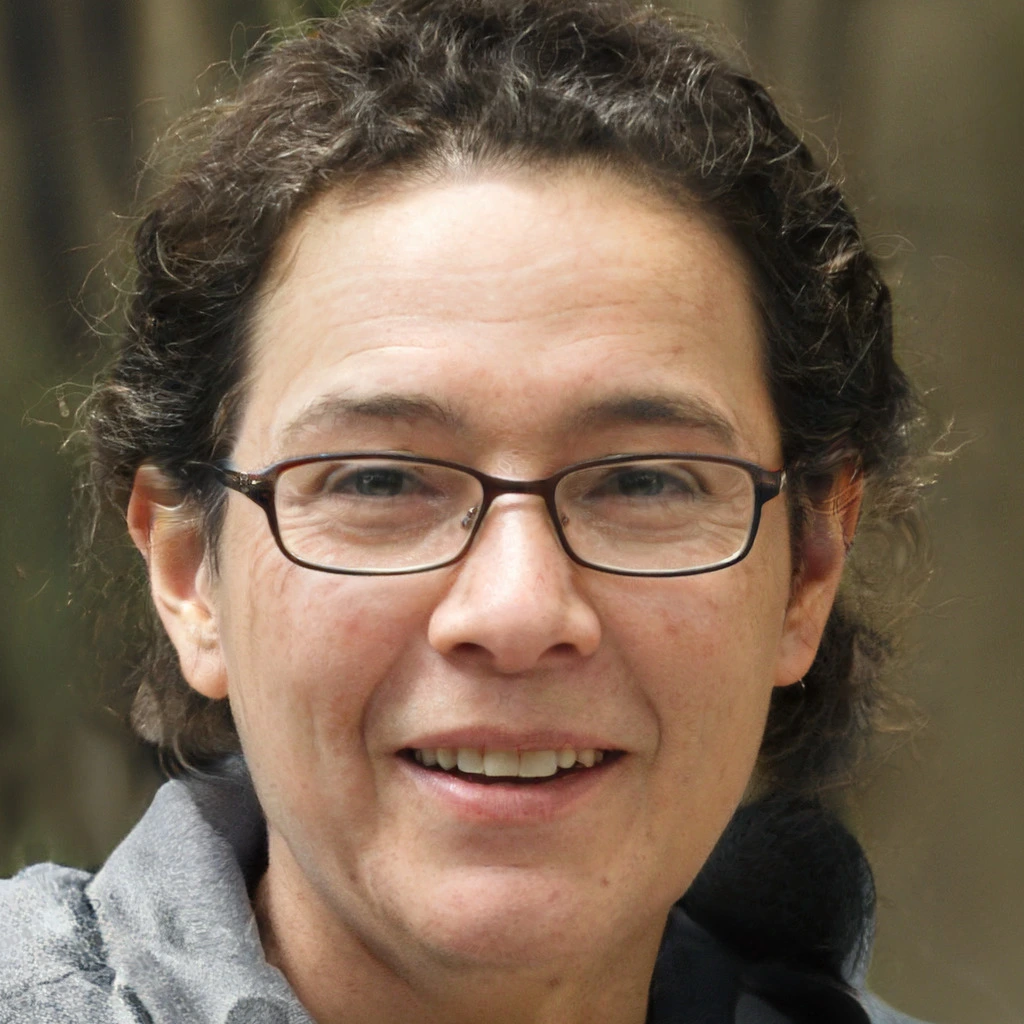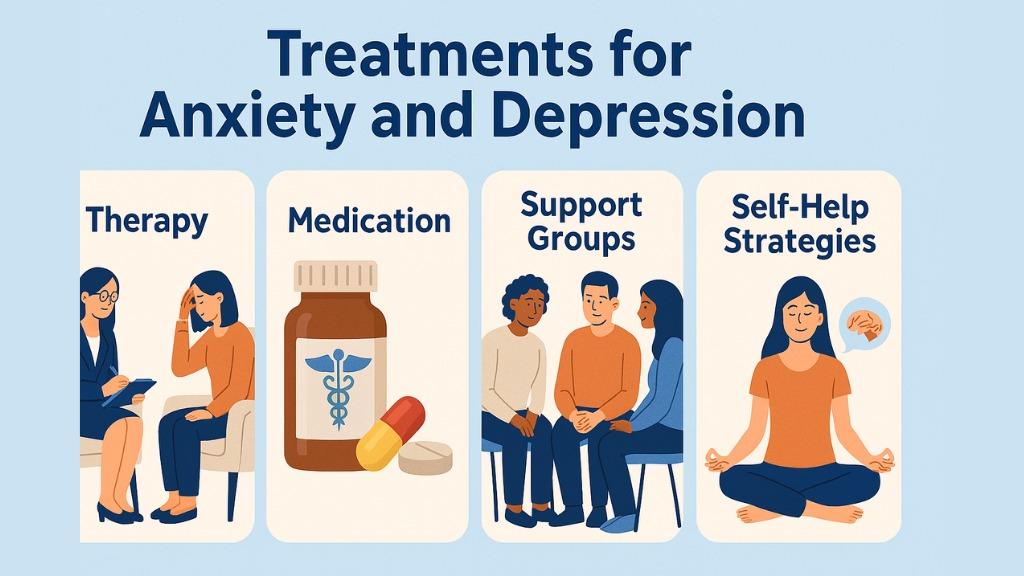Every year, over 10 million people worldwide live with Parkinson’s disease, a progressive nervous system condition resulting in changes in movement, coordination, and quality of life. Though currently there is no cure, the treatment options are more advanced and diverse than before. The key? Knowing what works, when, and how to integrate it into a personalized care plan.
In this post, we explore the next-generation solutions in treatment for Parkinson’s disease drugs, surgical procedures, and lifestyle changes, as well as cutting-edge technology, for newly diagnosed individuals or those who are caregivers for someone battling Parkinson’s disease. In essence, the guide would offer clarity, hope, and an avenue to action.
The Importance of Treatment for Parkinson’s Disease
To delay and enhance everyday living
As considered from the perspective of a neurologist, Parkinson’s disease is more than a tremor. It affects a person’s entire life, all the way from speech to sleep and emotional well-being. It also is:
- Mobility and independence—maintained
- Symptoms such as rigidity, slowness, and balance problems are minimised
- Manage non-motor problems such as depression and fatigue
Enhance Longevity and Quality of Life
Studies show early and continuous treatment improves life expectancy and, in many cases, a dignified living.
Important Treatment Options and Insights
1. Medication Management
- Levodopa/Carbidopa (Sinemet): The gold standard. Increases the supply of dopamine, which helps ease motor symptoms.
- Dopamine agonists (for example, ropinirole, pramipexole): They mimic some of the beneficial effects of dopamine without causing as many fluctuations.
- MAO-B Inhibitors: (Selegiline, Rasagiline)-slow the breakdown of dopamine within the brain.
- COMT Inhibitors: Extend the effectiveness of Levodopa.
“My neurologist helped me tweak medications until we found a sweet spot. It took a few tries, but I feel human again.” – James was diagnosed in 2018
2. Deep Brain Stimulation (DBS)
- It is a type of surgery that implants electrodes in targeted brain areas.
- It is appropriate for use in poorly controlled patients who have motor fluctuations and are suffering from side effects due to medications.
- Medtronic Percept and Boston Scientific Vercise are leading companies available for these clinical applications with their cutting-edge systems.
3. Physical and occupational therapy
- Construct strength, flexibility, and balance.
- Improved execution of typical tasks (eg, dressing, writing).
- Reduces the tendency to fall.
4. Speech and Swallowing Therapy
- Treats softness of voice, monotone, and problems of swallowing.
- An evidence-based program tailored for Parkinson’s patients is LSVT LOUD.
5. Mental Health Support
- Depression and anxiety occur in up to 50% of patients with Parkinson’s disease.
- Cognitive-behavioral therapy plus drugs goes a long way toward helping the patients.
- Groups such as those from the Parkinson’s Foundation afford peer support and tools for coping.
Building a Custom Treatment Plan:
Step 1: Obtain the Appropriate Diagnosis: Go to a movement disorder specialist, as a general neurologist does not possess the same breadth of expertise.
Step 2: Set Realistic Goals: It determines the plan’s priority, being reducing tremors, improving balance, or maintaining independence.
Step 3: Trial-and-Error Medications: Individualized response to treatment; patience and proactivity are. needed from your physician.
Step 4: Integrate Therapy and Exercise: Daily movement and therapy are equally as important as having medications. Step
5: Include Your Support Network: Educate family and caregivers. Because Parkinson’s affects the entire household.
Real-World Case Study: Live Strong with Parkinson’s
Angela, 62, a retired teacher, was diagnosed in 2016. At first, she was very overwhelmed, so she took medication. In the first place, they were not so satisfied, but later on, the woman fell into an energy drain and low stamina.
After that, she started preparing following a regimen that required:
- Weekly boxing adapted for patients with Parkinson’s (Rock Steady Boxing);
- A speech therapy app (Speak Up);
- Peer support from a local Parkinson’s group;
And regained her confidence, gained energy levels, and even went back to gardening again.
“It’s not waiting for a cure; it’s all about the choice of living fully every single day.”
Tips to ACT: Read Patients and Caregivers
Keep a Symptom Diary: Helps your doctor adjust treatment sooner.
Do not ignore non-motor symptoms: Anxiety, constipation, sleep problems – all these are part of the package.
Stay Socially Engaged: Isolation can aggravate findings.
Ask about Clinical Trials: Much of the work in research is progressing now at a rapid.
Use Tech: Apps such as Parkinson’s mPower and sensing systems are great to track tremors and medication timings.
Common Errors to Avoid:
Not Having Treatment: Waiting until the symptoms become so pronounced that needed therapy becomes ineffective.
Reliance on meds alone required dependency: Yeah, mental well-being is entitled to at least half of the battle.
Exercise Delayed: Physical activity will certainly delay the progression of the disease.
Emerging Trends in Treatment for Parkinson’s
🧠 Gene Therapy & Neuroprotective Drugs
Researchers explore therapeutic advances that will slow or halt disease progression at the cellular level.
💡Happy to Have Smart Wearable Devices
Delivery of medication, as well as fall detection and real-time feedback on movements.
🧬 Biomarker Development:
These tools would allow much earlier intervention for pre-motor Parkinson’s.
🌍 Integrating Telehealth
It can now become convenient to get specialist input from home through such virtual care online platforms.
Conclusion: Empowerment by Knowing and Acting
Parkinson’s is complicated, but it is certainly not insurmountable. It just needs a combination of the right medical, lifestyle, and emotional support to allow a person to continue living an active, fulfilling life. It calls for perseverance, but it will prove to be an effective solution.




